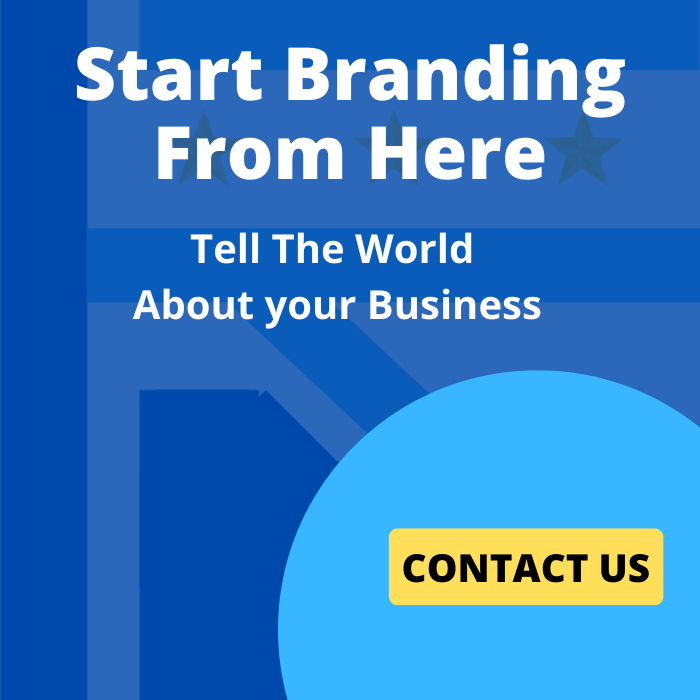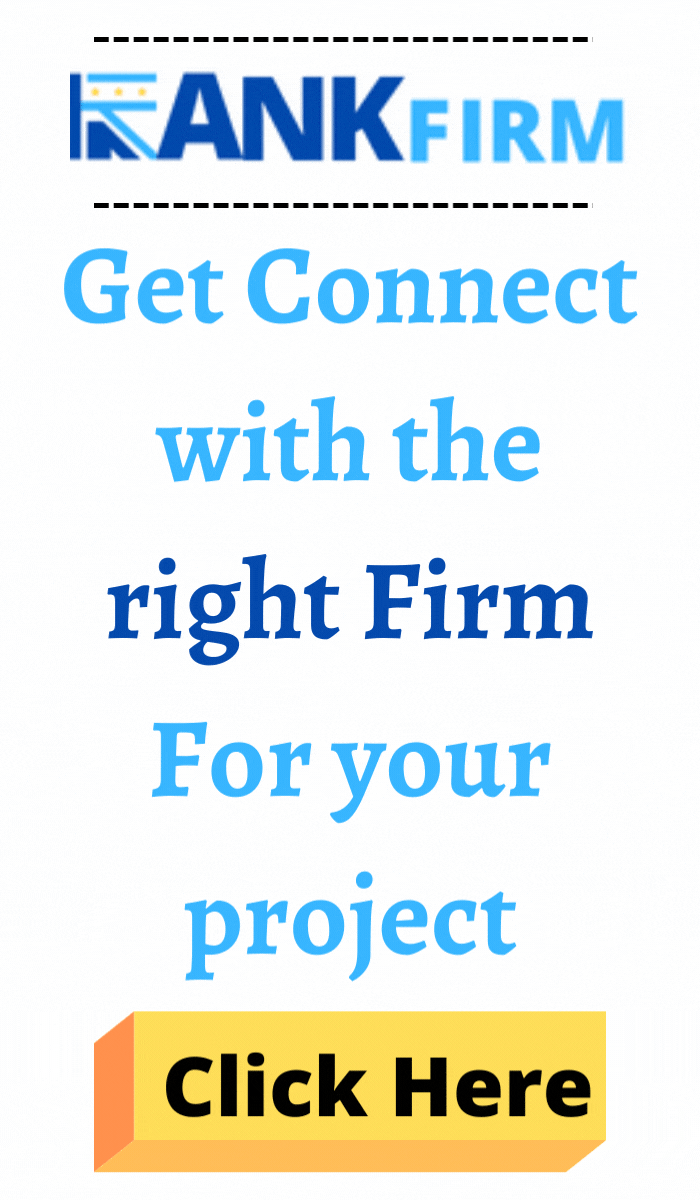
Top Government Web Design Companies
The global web design market—estimated at USD 61.2 billion in 2025—is expected to grow at a CAGR of 8.5%, reaching USD 92.1 billion by 2030 (Source: Mordor Intelligence).
Finding the right government web design partner is crucial for creating secure, accessible, and citizen-friendly digital platforms. Our list of Top Government Web Design Companies features industry-leading agencies that specialize in developing responsive, ADA-compliant, and scalable websites tailored for public sector organizations. Whether you’re a local municipality, state department, or federal agency, this curated list—backed by client reviews and proven performance—helps you compare and choose the best firm for your needs. From online portals to e-government services, these top-rated companies ensure your digital presence meets the highest standards of functionality, transparency, and trust. Start your search with confidence today.
List of the Best Design Agencies for the Government | Top Government Web Design Companies in the World

-
Employees: 51 to 200
-
Min. Project amount: $25000
-
Country: USA

Senarios
-
Employees: 11 to 50
-
Min. Project amount: $25000
-
Country: USA

StartStudio
-
Employees: 0 to 1
-
Min. Project amount: $25000
-
Country: USA

Dura Software
-
Employees: 11 to 50
-
Min. Project amount: $25000
-
Country: USA

CSIntel
-
Employees: 2 to 10
-
Min. Project amount: $25000
-
Country: USA

Vervex
-
Employees: 2 to 10
-
Min. Project amount: $25000
-
Country: USA

Kr8 Ventures
-
Employees: 2 to 10
-
Min. Project amount: $25000
-
Country: USA

HybridMob
-
Employees: 50 to 200
-
Min. Project amount: $25000
-
Country: 21750 Hardy Oak Blvd Ste 104 #68673, San Antonio, TX, 78258

comp 2
-
Country: test

Exyte
-
Employees: 10 - 49
-
Min. Project amount: $10,000+
-
Country: New York, NY
** Buyer's Guide **
1.What Should I Look for in a Government Web Design Company?
When choosing a government web design company, it’s essential to find a partner that understands the unique requirements of public sector websites—such as accessibility, security, scalability, and user trust. Here’s a breakdown of the key criteria to consider:
1. Experience with Public Sector Clients
Look for agencies that have a proven track record of working with government entities such as city councils, federal agencies, or public service departments.
Ask for case studies or examples of past projects in the government or nonprofit sector.
Familiarity with the structure, approval process, and digital needs of public institutions is a major advantage.
2. ADA and WCAG Compliance
Accessibility is not optional—ensure the agency designs websites that comply with ADA (Americans with Disabilities Act) and WCAG (Web Content Accessibility Guidelines).
The agency should be able to create interfaces that are usable for all, including individuals with visual, auditory, cognitive, or motor impairments.
Ask about their process for accessibility audits, testing tools used (e.g., WAVE, AXE), and how they maintain compliance post-launch.
3. Data Privacy and Security Standards
Government websites require robust security to protect sensitive user data and system integrity.
Ensure the agency follows best practices in data encryption, SSL certification, firewall integration, and regular security updates.
Ask if they have experience complying with FISMA, FedRAMP, or other government-level security standards.
4. Scalable and User-Friendly CMS Platforms
The agency should use government-approved, open-source CMS platforms like Drupal, WordPress (with hardening), or custom solutions that support scalability and ease of content management.
A good CMS will allow non-technical staff to update and manage content easily.
Ask if the platform supports multi-language content, user role permissions, and integration with internal government systems.
5. Citizen-Focused Design and UX
The agency must design with the end-user in mind—citizens.
Look for firms that prioritize clarity, simplicity, and intuitive navigation so users can easily access services, information, and updates.
Ask if they conduct user research, usability testing, and feedback analysis to ensure the website truly serves its community.
6. Ongoing Support and Maintenance
Post-launch support is critical for government websites to remain secure, up-to-date, and compliant.
Ensure the agency offers ongoing maintenance plans, emergency support, and performance monitoring.
Ask about SLAs (Service Level Agreements) and turnaround times for technical issues or updates.
Final Tip:
Choosing a government web design company isn’t just about technical skills—it’s about finding a long-term partner who understands the public sector’s mission, values transparency, and builds digital platforms that serve communities effectively and securely.
2.Do These Agencies Specialize in Accessible and Mobile-Friendly Government Websites?
Absolutely — accessibility and mobile optimization are non-negotiable when it comes to modern government web design. Here’s how top agencies approach these priorities:
1. Accessibility Compliance (ADA & WCAG Standards)
Reputable government web design agencies specialize in building websites that are fully accessible to all users, including those with disabilities.
They follow ADA (Americans with Disabilities Act) and WCAG (Web Content Accessibility Guidelines) standards to ensure compliance.
Features include:
Screen reader compatibility
High-contrast color schemes
Keyboard navigation support
Alt text for all images
Accessible forms and PDFs
This ensures inclusivity while reducing the risk of non-compliance penalties.
2. Mobile Optimization and Responsiveness
Government websites must function seamlessly on all devices—especially mobile, since a significant portion of users access public services via smartphones.
Top agencies design with mobile-first principles, ensuring:
Fast load times on mobile networks
Responsive layouts that adjust to all screen sizes
Touch-friendly navigation and call-to-action buttons
Consistent user experience across browsers and devices
3. Testing for Accessibility and Mobile Usability
Agencies typically perform automated and manual testing to verify accessibility (e.g., using tools like Axe, Wave, and Lighthouse).
Mobile responsiveness is checked across various devices and operating systems to guarantee performance and usability.
4. Built-In Compliance Updates
Since accessibility and mobile standards evolve, experienced agencies also offer ongoing monitoring and updates to keep your website compliant and future-proof.
In short, the best government web design companies don’t just “include” accessibility and mobile-friendly features — they build around them, ensuring your website serves everyone effectively and efficiently.
3.How Much Does It Cost to Develop a Government Website?
Understanding the cost of developing a government website is crucial for budgeting and planning. The price can vary significantly depending on the site’s size, features, compliance requirements, and ongoing support needs. Here’s a breakdown of key cost factors:
1. Basic Government Websites: $5,000 – $15,000
These are usually for small municipalities or agencies.
Includes essential pages, basic CMS (e.g., WordPress or Drupal), mobile responsiveness, and standard ADA compliance.
Typically covers homepage, services, contact, news updates, and resources.
2. Mid-Sized Websites: $15,000 – $40,000
Suitable for cities, departments, or public-facing portals needing deeper functionality.
May include:
Online forms and service requests
News and event modules
Staff directories
Language translation features
Advanced ADA and WCAG 2.1 compliance
Stronger security frameworks
3. Large-Scale or Custom Platforms: $40,000 – $100,000+
Designed for state-level agencies, federal programs, or custom citizen service platforms.
Includes:
Custom API integrations
Online payment systems
Interactive tools or dashboards
Document repositories
Multi-agency content management
FISMA/FedRAMP compliance
Performance optimization and cloud hosting
Dedicated project management and training
4. Ongoing Maintenance & Support: $500 – $3,000/month
Covers updates, bug fixes, compliance audits, uptime monitoring, content support, and emergency backups.
Critical for ensuring long-term site performance and accessibility compliance.
Additional Cost Factors
Custom development vs. template-based designs
Content creation and migration
Training for internal staff
Security certifications and data hosting
Final Tip:
Always request a detailed proposal with itemized pricing. Choose an agency that offers flexible packages based on your organization’s scope, compliance needs, and long-term goals
4.Can These Companies Integrate Online Services Like Forms, Portals, or Payment Systems?
Absolutely — integration capabilities are a core requirement for modern government websites. The top government web design companies specialize in developing secure, user-friendly digital services that improve public access and operational efficiency. Here’s how:
1. Online Forms and Service Requests
Companies can create customizable, interactive forms for services like permits, license renewals, complaint submissions, and public records requests.
Forms often include conditional logic, file uploads, e-signatures, and workflow automation.
Integrated with back-office systems or ticketing platforms to streamline processing.
2. Citizen Portals
Developers can build secure login portals that allow citizens to track service requests, update personal information, or access personalized services.
Portals often include multi-department access, document repositories, and messaging systems for real-time updates.
3. Online Payment Systems
Many agencies require integration with payment gateways for services such as tax payments, utility bills, parking tickets, and registration fees.
Companies ensure:
PCI DSS compliance
Secure data encryption
Receipts and tracking numbers
Integration with popular gateways like Authorize.Net, Stripe, PayPal, or government-specific platforms.
4. Third-Party Integrations
Integration with government databases, GIS systems, CRM tools, or even platforms like Salesforce, Tyler Technologies, and Microsoft Dynamics is often supported.
Enables real-time data syncing and improved inter-agency collaboration.
5. Accessibility and Mobile Optimization
All integrated services are designed to be mobile-responsive, ADA/WCAG compliant, and easy to navigate, ensuring that all citizens — regardless of device or ability — can use them efficiently.
Bottom Line:
When selecting a government web design company, prioritize those with proven experience in building secure, fully integrated digital services tailored to public sector workflows. This ensures your agency meets both citizen expectations and operational goals.



